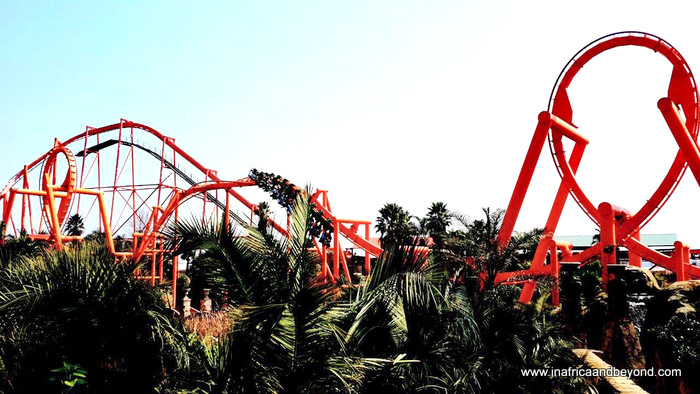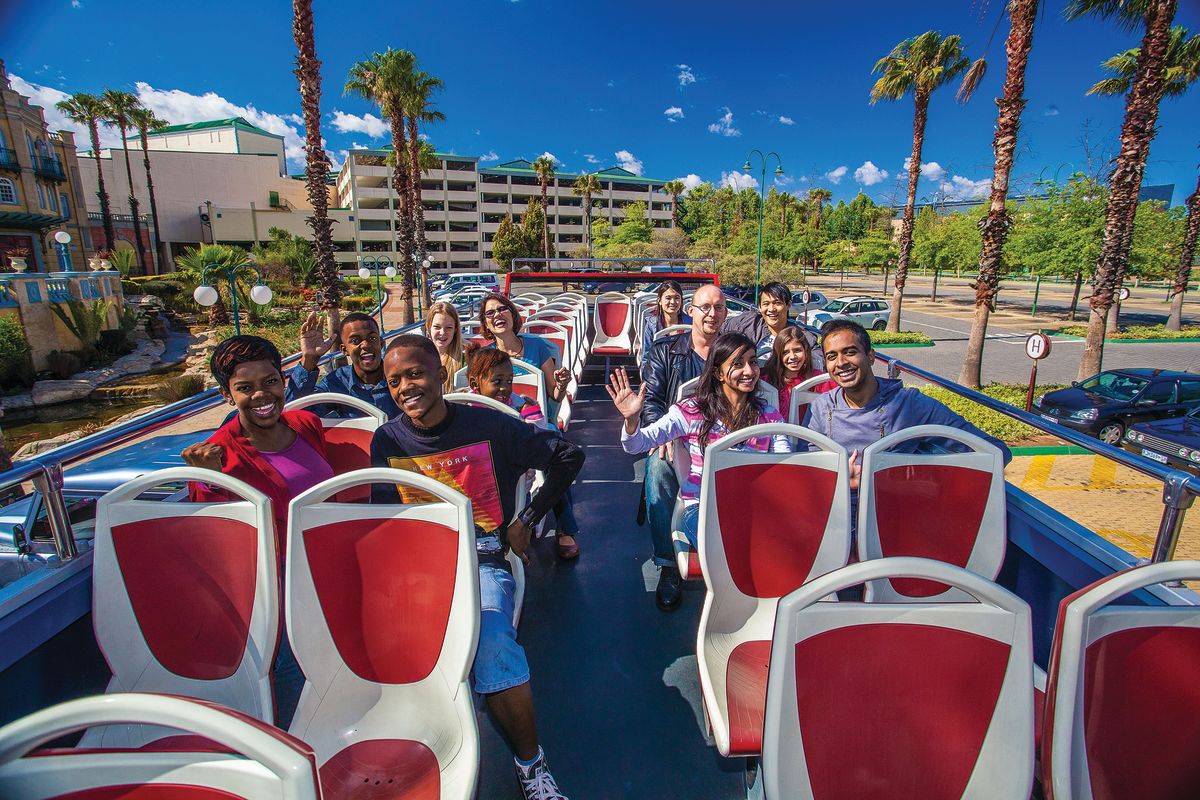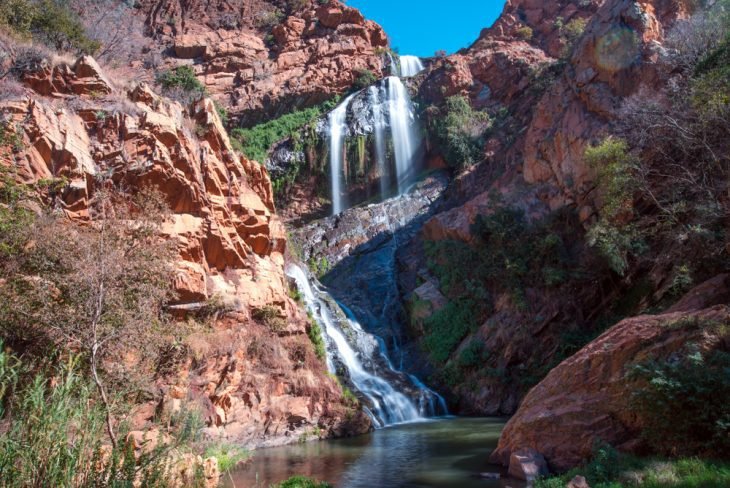Indicators on Johannesburg North Attractions You Should Know
Indicators on Johannesburg North Attractions You Should Know
Blog Article
Rumored Buzz on Johannesburg North Attractions
Table of ContentsGet This Report on Johannesburg North AttractionsThe Johannesburg North Attractions IdeasTop Guidelines Of Johannesburg North AttractionsWhat Does Johannesburg North Attractions Do?Rumored Buzz on Johannesburg North AttractionsJohannesburg North Attractions for Dummies
Shortly prior to Xmas 1898, a boilermaker from Lancashire, Thomas Edgar, came to be involved in an inebriated quarrel with an uitlander neighbor. While resisting arrest, Edgar was fired dead by a Z. A. R. policeman. The policeman was charged with murder but the prosecutor lowered the charge to homicide and released the implicated on bail.. R. Johannesburg North attractions. In an effort to pacify the circumstance, Smuts sought to strike a manage the mining firms. The astute Cambridge-trained attorney invited Percy FitzPatrick (who was to acquire popularity as the author of Jock of the Bushveld, released in 1907) to work as the major arbitrator for the mining homes
A. R. impended. Johannesburg, c. 1900 (www.geheugenvannederland.nl) When Johannesburg was founded in 1886, public education in the Z. A. R. was managed by the Education and learning Legislation of 1882. The earlier Education Legislation of 1874 had offered that government colleges in the Z. A. R. (just a handful of such schools was in existence) were to be non-denominational and that guideline was to be in Dutch or English, at the will of moms and dads.
In 1886, Pope Leo XIII made up the Transvaal an independent prefecture under the jurisdiction of the Rt Revd Odilon Monginoux of the Oblates of Mary Immaculate, that was the very first Prefect Apostolic of the Transvaal. On 20 July 1886, Fr John de Lacy O. M. I. went to the Rand. He applied to the federal government for an item of land big enough to suit a church, an institution and houses for the educators.
All about Johannesburg North Attractions
The school relocated to Doornfontein in 1895, and came to be referred to as the East End Convent. In 1905, the Holy Family members sisters likewise established Parktown Convent College (currently Holy Family University). On 2 November 1887, Miss Frances Buckland started showing in a residence on the edge of Jeppe and Rissik roads.
On the other hand, on 11 June 1887, the Revd John Thomas Darragh, the initial Anglican clergyman to be stationed on the Rand, had arrived from Kimberley. A monstrous tome on the background of Christianity in Africa observes briefly: 'The Anglican neighborhood at Kimberley was privileged to have as its leader J. T.
He had actually won a scholarship to The Royal College, Armagh, whence he had actually risen to Trinity University, Dublin, as a Structure Scholar. Below he had distinguished himself, being Classical Hebrew and Divinity Prizeman, and had become a Fellow of Trinity College. He was ordained in 1880, and became curate of All Saints, Grangegorman, County Dublin.

He was an energetic and resourceful man that promptly plunged himself heart and heart into the life of the burgeoning and busy mining community. It was not only the Anglican who acquired benefit, for Darragh functioned unstintingly amongst all markets of the town. For circumstances, the small community of Greek Orthodox inhabitants in Johannesburg had no archimandrite, and so came close to Darragh to perform marital and baptismal ceremonies.
Johannesburg North Attractions for Beginners
(www.eggsa.org) Around the very same time, the Revd Mr Darragh brought right into presence St Mary's School for Boys, which was established as a choir college for St Mary's Church. The beginnings of St John's College can be traced back to this school. The first headmaster of St Mary's School for Boys was Mr F.
The institution was checked by the Z. A. R - Johannesburg North attractions. education and learning authorities at the end of 1888. The examination was passed with official source flying colours, especially in regard of the criterion concerning the teaching of Dutch, as an outcome of which the college obtained a 'extremely liberal grant' from the state
Indicators on Johannesburg North Attractions You Should Know
Marist Brothers' College got such an excellent track record that some officials of the staunchly Protestant Z. A. R. federal government enlisted their kids as pupils at this Catholic school. In 1896, the college's cricket club was affiliated to the Transvaal Cricket Union. By 1897, Marist Brothers' had 500 students, and a neighbor lodged a grievance with the Superintendent of Education and learning regarding 'excessive' play area sound throughout the lunch interval! Throughout the Anglo-Boer South African War (1899-1902), the college's enrolment dropped, but by 1905 numbers were back to 500 and the college was advertising the reality that it had 'sufficient stabling for students' steeds'.
In 1892, the Superintendent of Education, Dr N. Mansvelt, assembled a report in which he mentioned that some teachers in the Transvaal might not lead to words 'Pretoria' and 'Potchefstroom', and did not know the distinction in between official source a noun and an adjective. In the same year, the Education and learning Regulation was amended to provide that all educators in schools getting federal government subsidies had to be members of a Protestant church; colleges also could not get aids in regard of Jewish and Catholic students.

Fascination About Johannesburg North Attractions
On 7 March and 9 April 1892, the Revd Mr Darragh sent out letters to the State Secretary, Dr W. J. Leyds, in which he mentioned that the previous Superintendent of Education, Ds S. J. du Toit, had actually embarked on in 1888 that English-medium colleges such as St Mary's and St Michael's that additionally offered guideline in Dutch would certify for state subsidies.
The W. C. E.'s items were resource to promote elementary education 'suited to all nationalities and creeds' and to counter the unique usage of Dutch as tool of direction in state-supported institutions. By the end of 1896, the W. C. E. had obtained ownership of three institutions, and had actually thought control of and economic responsibility for three various other institutions.
St Cyprian's was originally given a state subsidy, yet this was terminated when a government inspection disclosed that the school had actually lots of coloured and 'native' children amongst its pupils, sharing workdesks with white children. In spite of the withdrawal of the subsidy, the college handled to survive.
After the Battle, it was reopened and run by Siblings of the Society of St Margaret (informally called the East Grinstead Sis, with recommendation to their convent in East Grinstead, Sussex). Unalarmed by the contretemps with the authorities regarding St Cyprian's and its aid, Darragh started Willpower School in November 1891.

Report this page